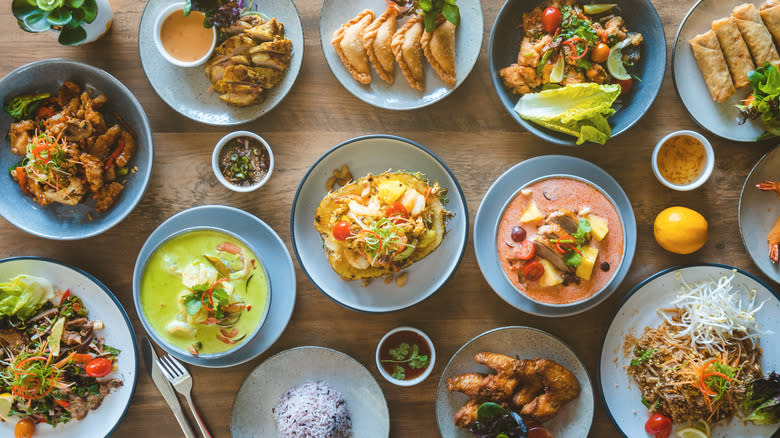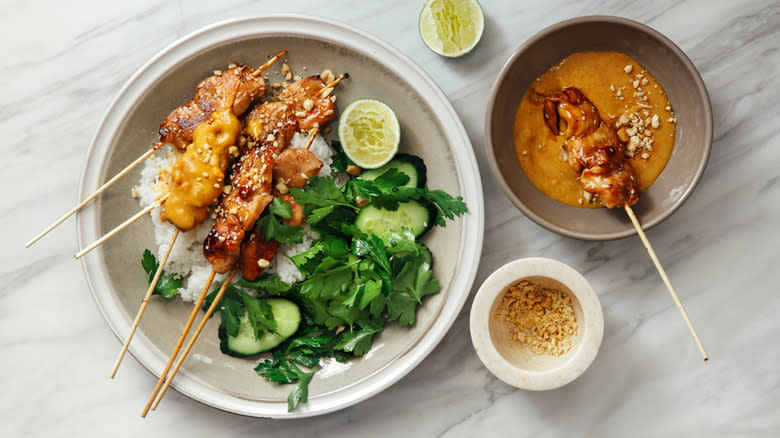How Thai Food Became A Worldwide Favorite

The global appeal of Thai cuisine is a captivating tale of rich flavors, diversity, and brilliant marketing. Its passage from humble, indigenous beginnings to becoming a worldwide phenomenon is a testament to its unique blend of ingredients, gastronomic techniques, and the concerted efforts of the government.
The history of Thai cuisine is deeply intertwined with the nation's cultural, geographic, and historical dynamics. Rooted in the traditions of Thailand, formerly known as Siam, Thai cuisine has evolved over centuries, incorporating influences from neighboring countries such as China, India, and Indonesia. This fusion of flavors and cooking methods laid the foundation for what the rest of the world now knows and loves as Thai cuisine.
One key factor in Thai cuisine's drawing power is its balance of fundamental tastes: sweet, sour, salty, bitter, and umami. This synthesis is achieved through the skillful use of elements like lime, chili, fish sauce, coconut milk, fresh herbs, and piquant spices. An array of Thai fare has found its way onto international menus, contributing to the cuisine's widespread admiration. Pad Thai, Tom Yum Goong, green curry (Gaeng Keow Wan), red curry (Gaeng Phed), and Massaman curry (Gaeng Massaman) are just a few Thai staples that have captivated palates across the Atlantic. And the reasons why are mind-blowing.
Read more: US Foods You Surprisingly Can't Find In Canada
Global Thai Boosted The Asian Cuisine's Ubiquity

Thai cuisine's ascendancy gained momentum in the early 21st century with the launch of Global Thai in 2002. This ambitious initiative was led by the Thai government to promote the recognition of the potential of Thai cuisine as a worldwide force. Most importantly, the campaign promoted Thai ingredients and heritage on an intercontinental scale. Global Thai employed a multifaceted approach to achieve its objectives. First and foremost, it emphasized the importance of authentic Thai ingredients. To ensure the quality and authenticity of Thai food, the government introduced certifications for Thai restaurants abroad. This move guaranteed the proper preparation of genuine Thai recipes.
Additionally, the campaign organized events and food festivals to showcase the cuisine's diversity and potential. These events allowed people from various regions to experience Thai food firsthand, fostering a deep appreciation for its complexities. Another crucial aspect of Global Thai was culinary diplomacy. Thai chefs were encouraged to travel abroad and share their expertise, fostering ethnic exchange and expanding the reach of Thai cuisine. This ultimately led to an increased demand for Thai chefs in kitchens around the globe.
Thai cuisine's popularity is a remarkable journey rooted in centuries of evolution and shaped by Global Thai's strategic endeavors. With its harmonious profiles and the support of the country's spirited government, Thai cuisine has captured the hearts and taste buds of diners everywhere.
Read the original article on Mashed.

